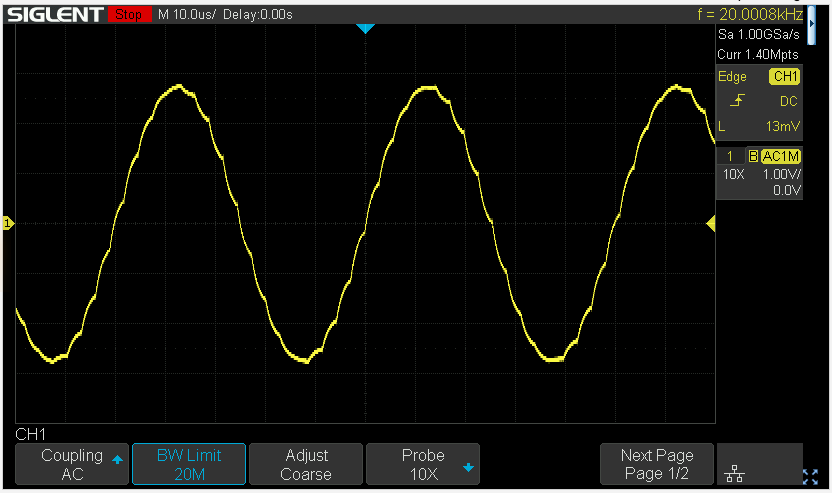Staggered DAC
Building Staggered DAC upgrade basesed on CDX1144/1244 and TDA1541A DAC
Information from Sony leaflet and service manual “DAS-r1”
Overlap Staggered 8 Times DIA Conversion for distortion-free, low-noise signal reproduction .This system performs D/A conversion at four times normal speed, with two converters for per channel, each operates parallelly with a half cycle delayed timing.
The 8 times oversampling data output from the digital filter is alternated between them to achieve a smooth, continuous output.
Namely, odd numbered data is converted by DAC-1 and even-numbered data is converted by DAC-2.
Each DAC operates at four times speed, and the sum of both output makes 8 times audio signal.
When the D/A converter on one side begins operation, the DIA converter on the other side has just finished first half of working time, so that both operate in an overlapping fashion, as right figure shows.
The output obtained is the average value of the two D/A converters. This means that noise and distortion are also averaged, enabling a maximum 3 dB improvement. At the same time, output current is doubled, achieving a 6 dB improvement in the S/N ratio in the final analog stage.
There is another merit in the combined effects of both Noise Shaping and Overlap Staggered D/A conversion. Noise Shaping converts from 18 bits down to 16 bits, and though it reduces quantization noise through an ingenious reassignment of values as explained previously, it is also a technique that shifts re-quantization noise, which normally peaks at the high end of the audio spectrum, up to around 4 fs. Although this markediy reduces quantization noise in the audio spectrum, it does not actually eliminate the noise itself.
Right figure shows how it takes shape in the high frequency region centering around 4 fs, and it can be said that this is one of the weak points of Noise Shaping.
However, the output characteristics of Overlap Staggered D/A conversion, as shown in right figure, indicate a “blank” interval around 4 is with no output. This corresponds with the Noise Shaping quantization peak, resulting in much of the noise being eliminated from the output.
Since Overlap Staggered D/A conversion requires a total of four
D/A converters for both the left and right channels, group characteristics are superior, lending a soft, warm character to the music
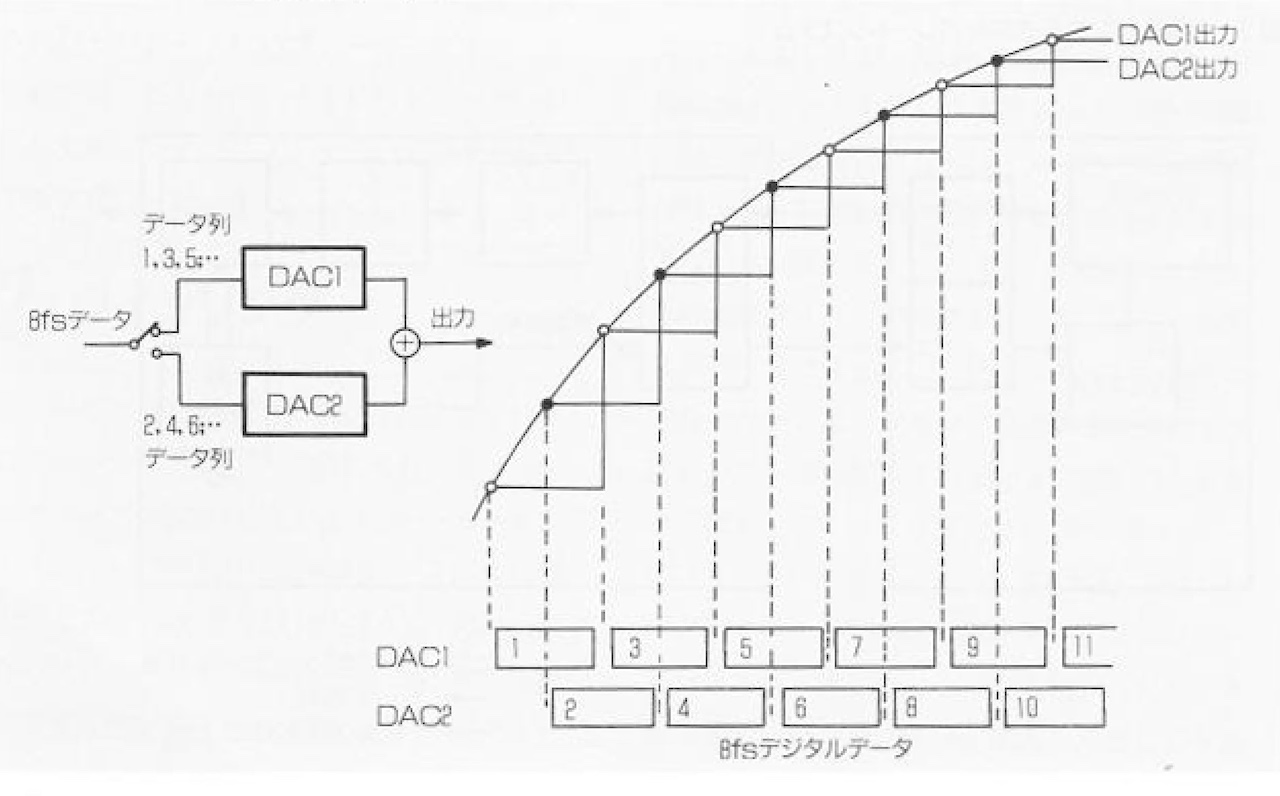
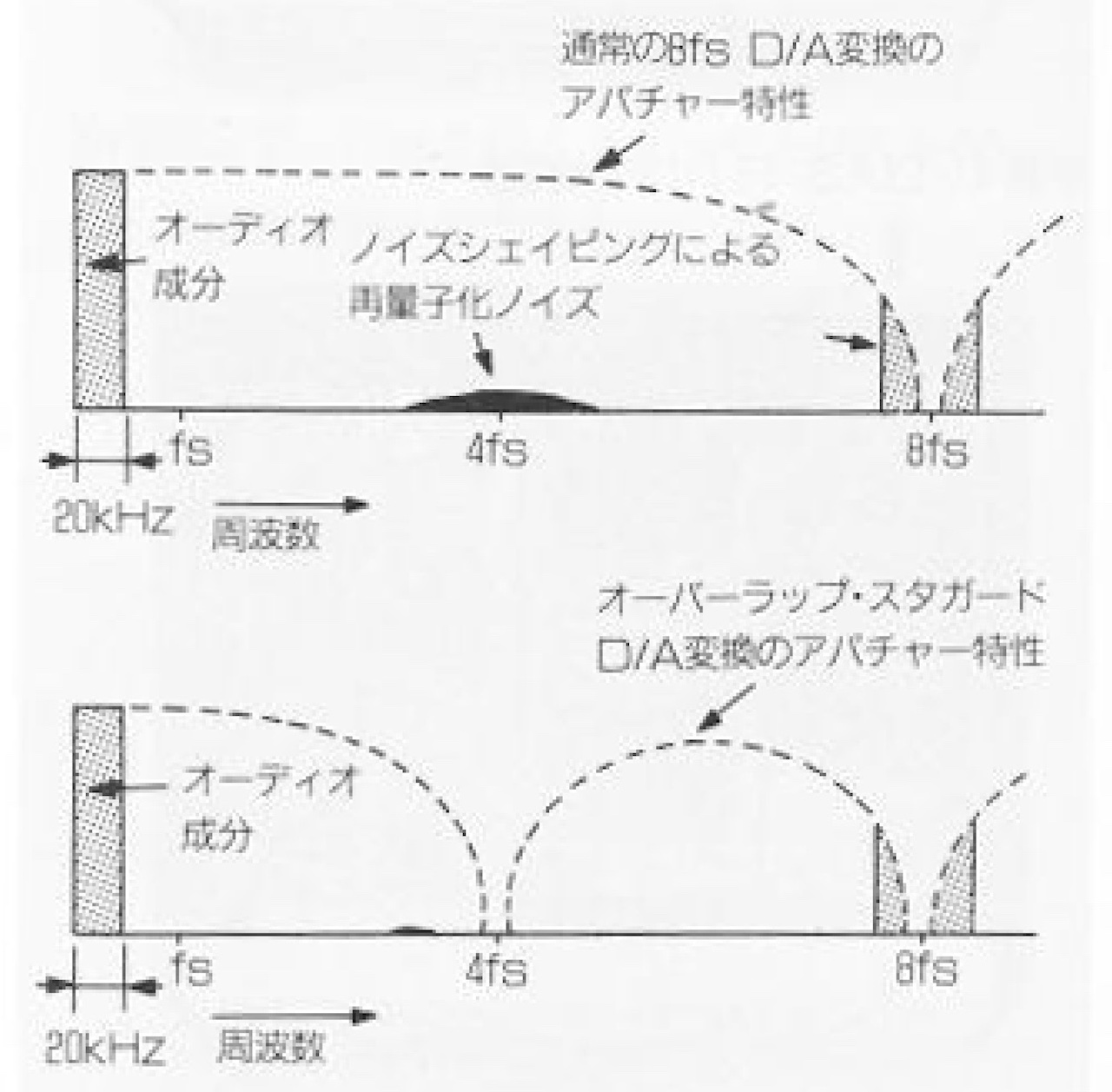
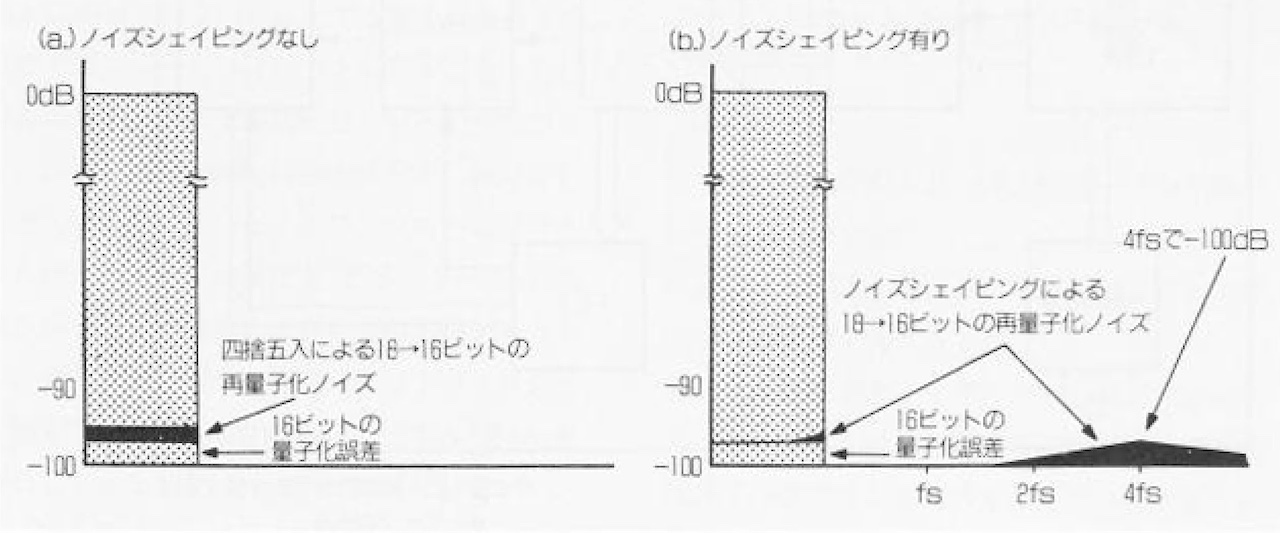
Prototype Version 1 & 2, based on Grundig CD 9009 schematic 8 x Over Sampling TDA1541a – CXD 1244 ?
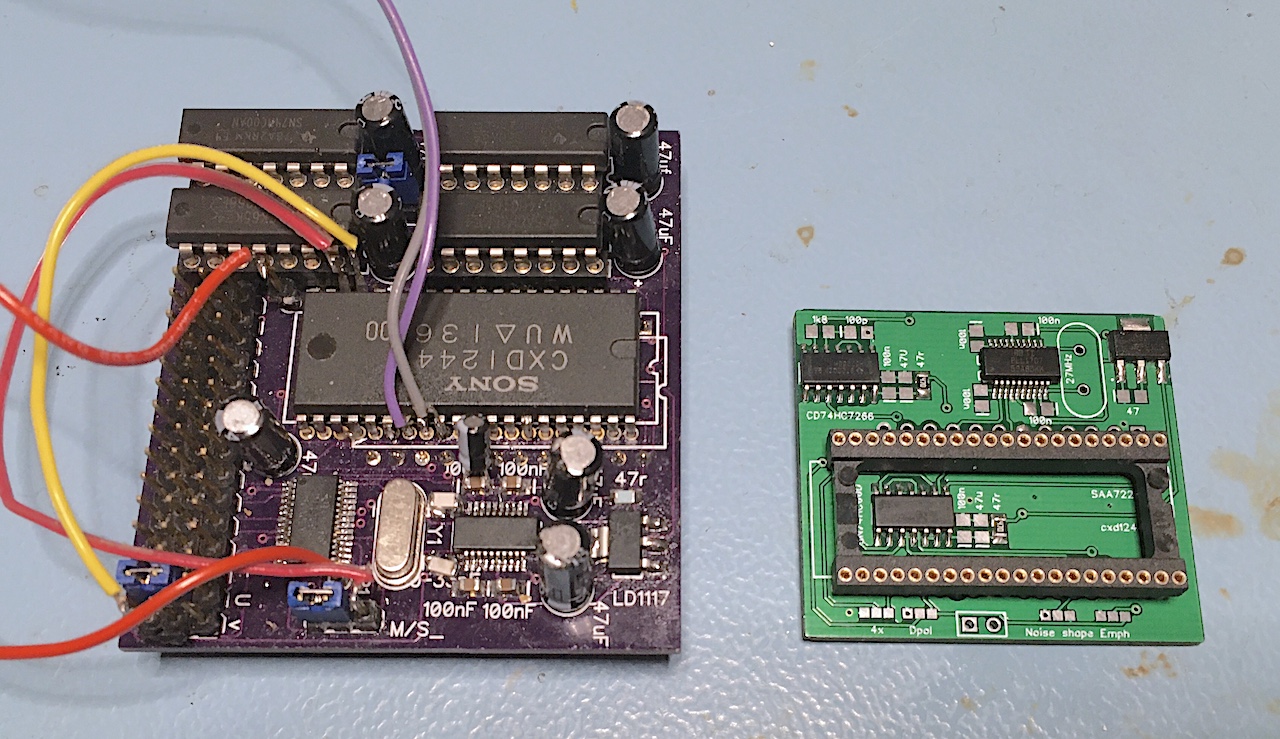
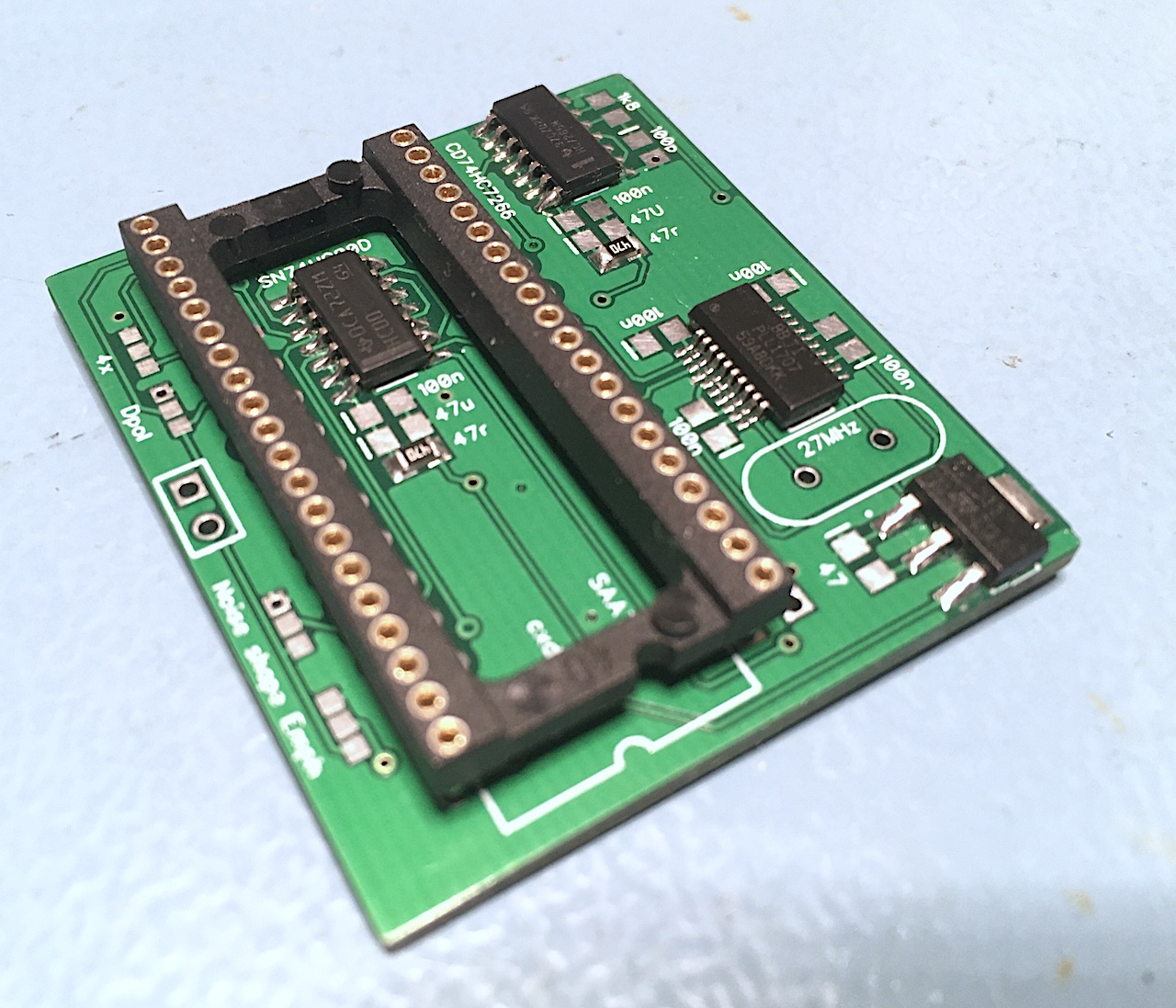
Testing in Philips CD 160
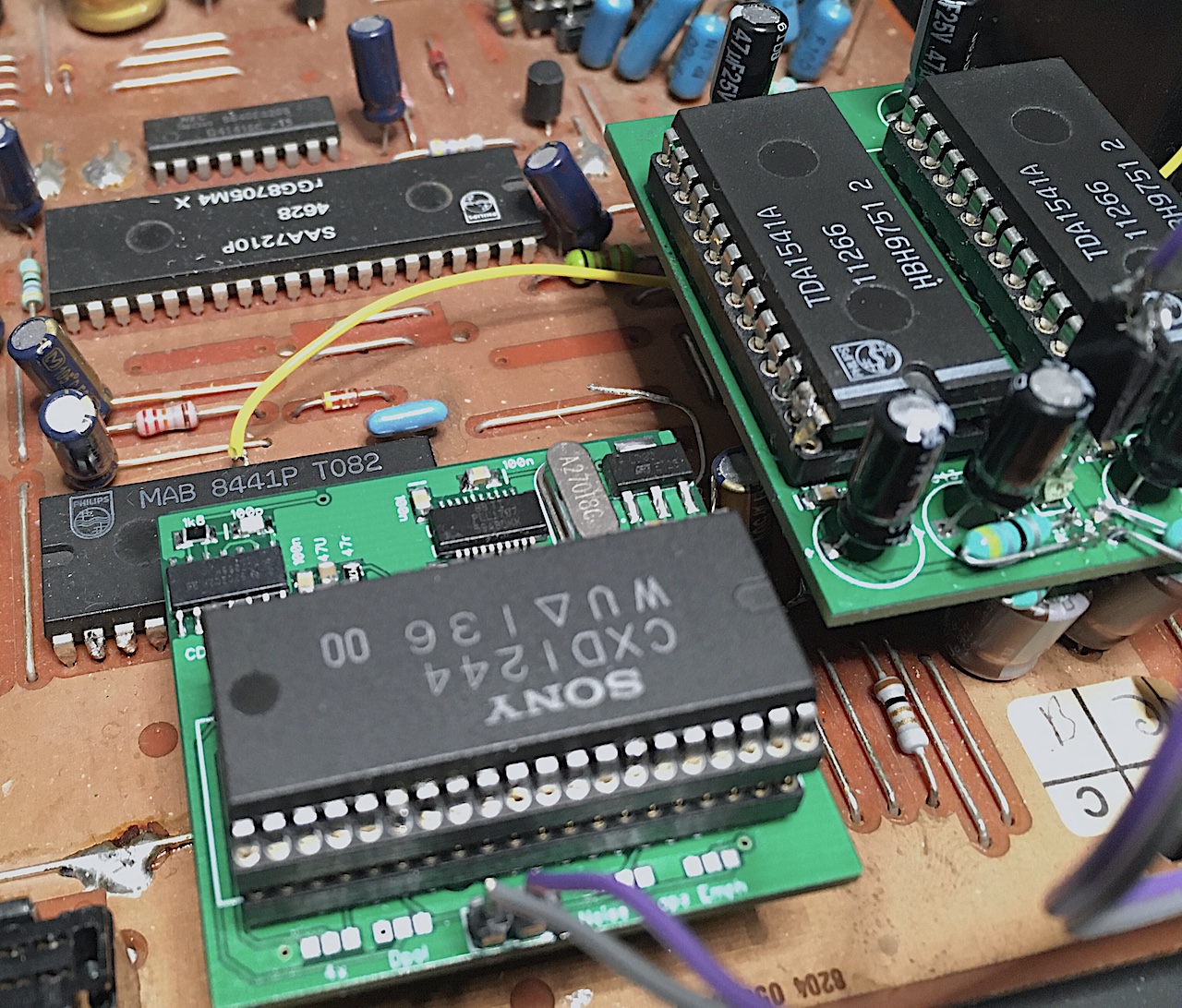
TDA1541(a) Board for staggered mode
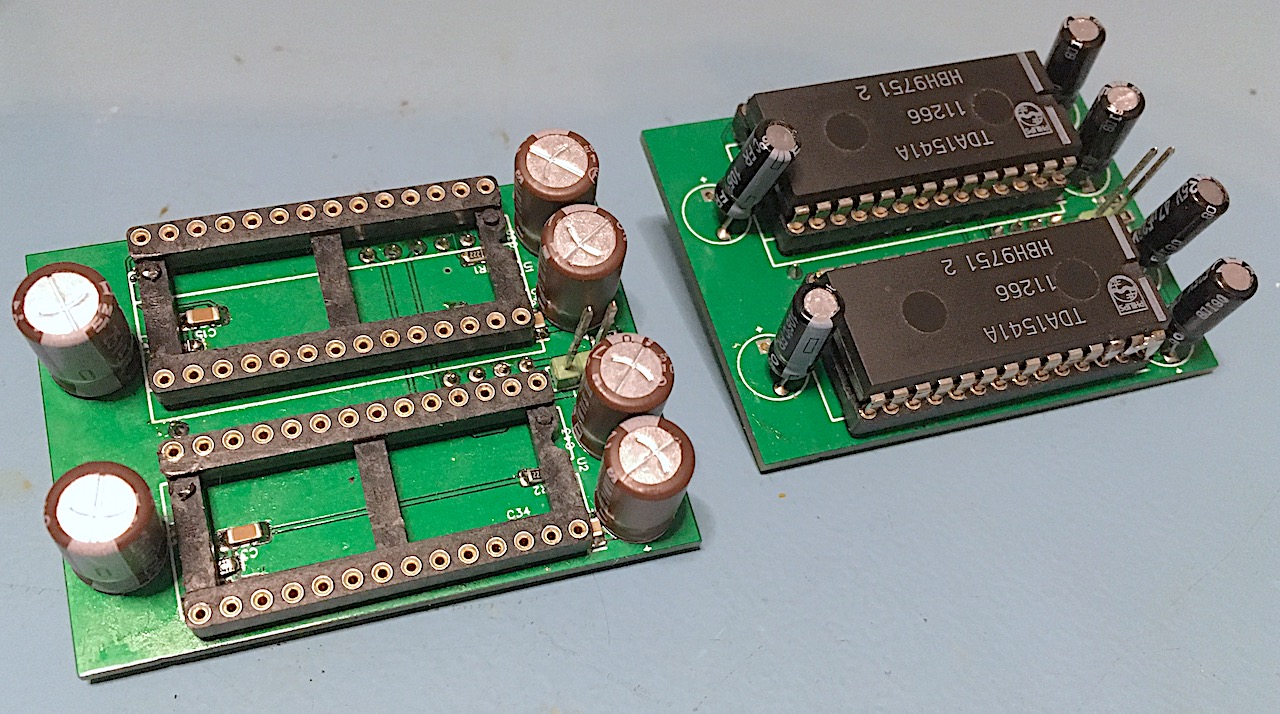
FFT Spectrum 1 kHz 0 dBfs CD 9009 vs CD 360 with CXD1244 upgrade
- Red = CD 9009, 2 x TDA1541A s1
- Blue = CD 360 , 2 x TDA1541A
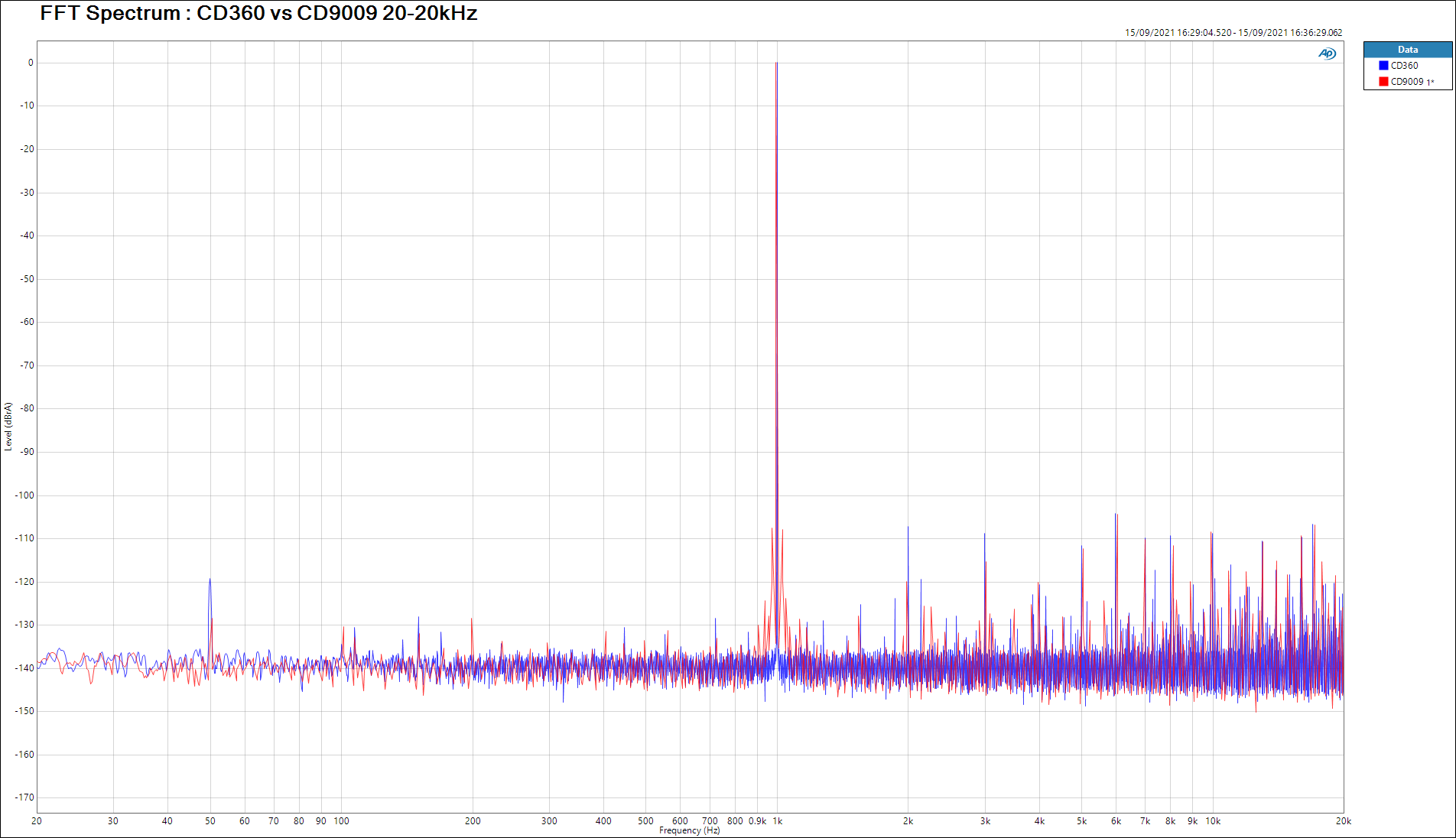
20 kHz 4 * Oversampled, measurement on i/v opamp
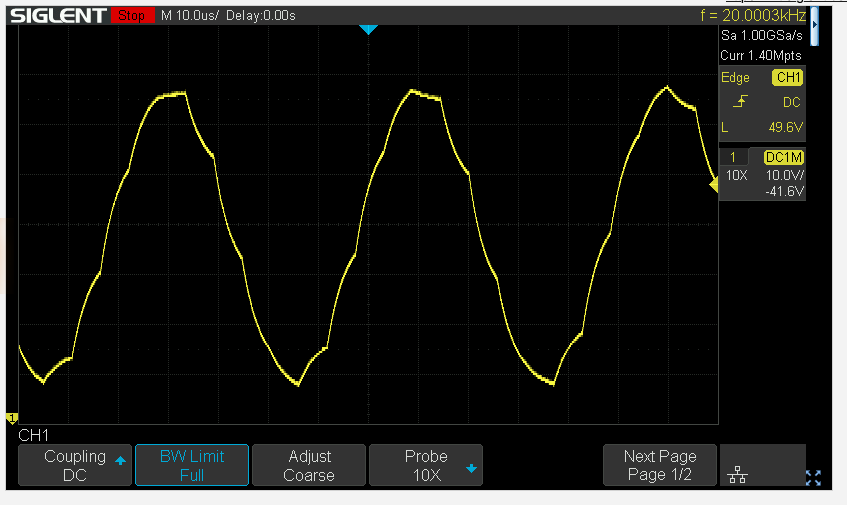
20 kHz 8 * Over sampled ( staggered ) , measurement on i/v opamp
